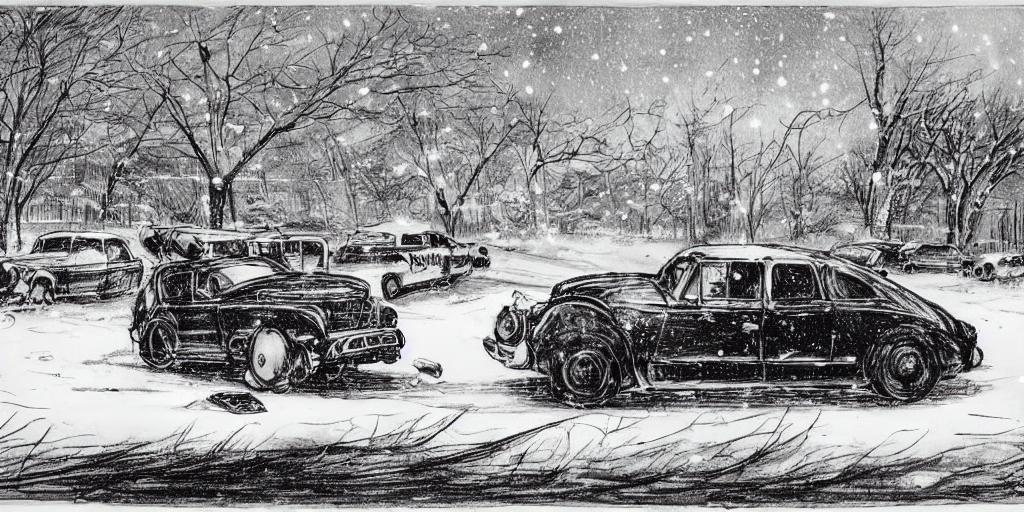Care and Control Charge in Winnipeg
What does it mean to be charged with Care and Control?
Being charged with impaired driving can be a surprising experience as it doesn’t require that you’re driving the vehicle to be charged. The charge can be laid when the police have reasonable grounds to believe that you are impaired and that your course of conduct associated with the vehicle creates a realistic risk of danger — this is referred to as being in care and control of a motor vehicle.
You can be charged with impaired driving if you are found in the driver’s seat, the passenger’s seat, anywhere in the vehicle, and even anywhere near the vehicle. You can be charged if found asleep in the vehicle, even if the key were not in the ignition and you had no intention to drive.
Imagine for a moment, you find yourself too drunk to drive home after being at the bar. You know you can’t drive home because you are too intoxicated, so you call a taxi and sit in your car to wait for the cab. It’s the middle of winter, so you turn on the engine to stay warm. You fall asleep and awake to the police knocking on your window. You get charged with impaired driving for having care and control of the motor vehicle while impaired.
This was the exact situation Mr. Boudeault found himself. This case took him all the way to the Supreme Court of Canada. The Supreme Court decided that normally being found drunk in a car while the engine is running is enough to be found guilty of impaired driving by being in care and control. However, when looking at the specific facts of Mr. Boudeault case, in that he had no intention of driving and had put a plan in place to get home by a taxi, the Court found him not guilty.
Care and Control Sentencing
Being in care and control while impaired is the same offence as driving while impaired, or driving over the legal limit. It’s just another means by which the Crown Attorney can prove the offence. You can face up to ten years in jail. The offence also carries minimum sentences:
• A minimum fine of between $1000 and $2000 based upon your blood alcohol concentration, and a one year driving prohibition for a first conviction.
• A minimum jail sentence of 30 days and a two year driving prohibition for a second conviction.
• A minimum jail sentence of 120 days and a three year driving prohibition for subsequent convictions.
In some cases, you may be able to avoid the minimum penalties and driving prohibition. With the consent of the Crown Attorney, and with the agreement of the court, after entering a guilty plea your sentencing will be postponed. During this time, you can’t drive and are required to complete a substance abuse treatment program. Upon successful completion of the program, you appear back before the judge for sentencing. The court may then sentence you without being restricted by the minimum penalties or driving prohibition.
Defending Care and Control Charges
When preparing a defence for a care and control charge, it’s important to understand some basics. If you are found in the driver’s seat of the vehicle, there is a legal presumption you were in “care and control” of the vehicle. This presumption is set out in section 320.35 of the Criminal Code as follows:
“In proceedings in respect of an offence under section 320.14 or 320.15, if it is proved that the accused occupied the seat or position ordinarily occupied by a person who operates a conveyance, the accused is presumed to have been operating the conveyance unless they establish that they did not occupy that seat or position for the purpose of setting the conveyance in motion. ”
In cases where you are found in the diver’s seat, your defence lawyer will have to establish, through evidence at trial, an explanation for why you were in the driver’s seat, that had nothing to do with driving. Overcoming that hurdle, the Crown can still attempt to prove you had care and control in one of three ways:
- that you initially didn’t intend to drive, but may later have changed your mind while still impaired;
- that you may have unintentionally set the vehicle in motion; and,
- that through your negligence, bad judgment or otherwise, your stationary or inoperable vehicle may have endanger persons or property.
If the Crown succeeded in establishing any of these three reasons, like with the diver’s seat presumption, your defence lawyer will have to pursued the court otherwise. There can be a lot of different reasons why you were in vehicle while intoxicated. Like Mr. Boudeault, you might have had no intention to drive and only been trying to stay warm while waiting for a cab. Maybe knowing that your in no fit condition to drive, your intention was to sleep until you were sober enough to drive. Whatever your case, it’s important to consult with a lawyer before making a decision whether to plead guilty.
Related Impaired Driving Topics
- When can the police pull me over?
- What is the Licence Suspension Appeal Board?
- How much is the true cost of an impaired driving conviction?
- Impaired Driving Penalties in Canada
Get a free consultation
Send Josh your case and your contact information to get a Free Initial consultation on how to proceed.

